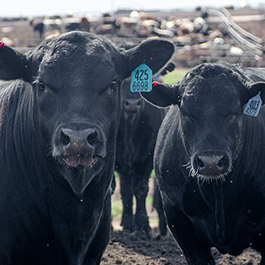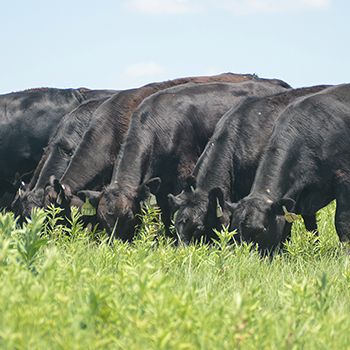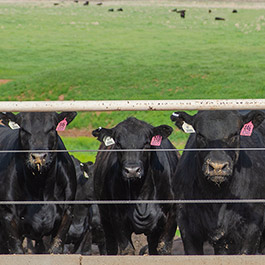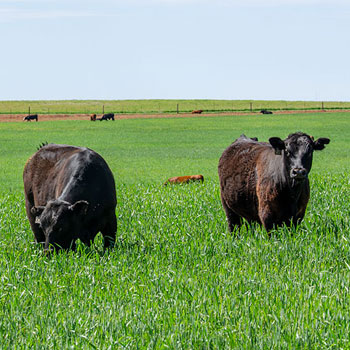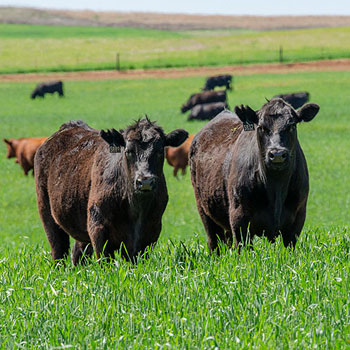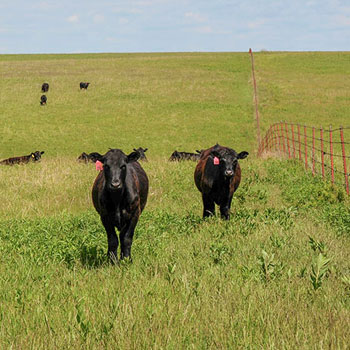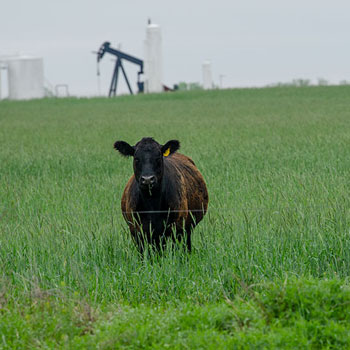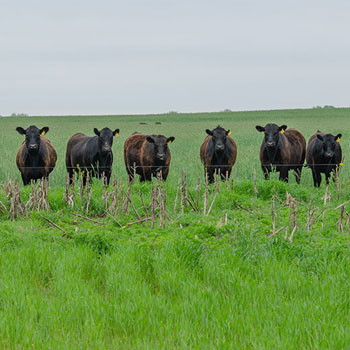
STD Awareness Month Doesn’t Just Apply to Humans
Trichomoniasis is a costly sexually transmitted disease that can quickly spread across an entire cattle herd.

April was STD Awareness Month, and cows should not be left out of the conversation.
“Trichomoniasis, or trich, is a sexually transmitted disease that has the ability to cut a calf crop in half,”1 says John Davidson, senior associate director of beef professional veterinary services with Boehringer Ingelheim. “A bull’s value can be wiped out in a single service with an infected cow or heifer.”
Infected animals may show no outward signs, which is why trich often goes unnoticed until it’s too late. When bulls are infected with trich, it is considered a lifelong infection with no legal treatment. While cows can clear the disease, they will likely experience reproductive failures such as infertility, low pregnancy rates, abortions and pyometra.
Producers with little to no understanding of trich are more than three times more likely to have trichomoniasis in their herd.2 Take a moment during STD Awareness Month to learn about trich, and work with a veterinarian to put a prevention plan in place that includes testing, bull selection, recordkeeping, biosecurity measures and vaccination.
Bull selection and testing
“Since trich is physically undetectable in bulls, testing before turnout is an absolute must,” stresses Davidson. “A bull’s ticket to change breeding groups or even enter a breeding pasture must be a negative trich test.”
To reduce the likelihood of trich introduction, avoid purchasing untested, non-virgin bulls. Though bulls of any age are susceptible, older bulls are more likely to be infected.
“I also suggest that large operations in at-risk areas conduct postbreeding testing on bulls,” advises Davidson. “Prior to testing, sexual rest should be observed for two to three weeks to improve the chances of detecting an infected bull.”
If one bull is confirmed to have trich, it’s critical to test all other bulls.
Neighboring herds can also be a source of spreading the disease, especially those that use open-range grazing.
“Stay in touch with neighbors to learn if trichomoniasis has been identified or tested for,” Davidson says. “In the same way, be a good neighbor yourself and talk to your veterinarian about testing.”
Vaccination and recordkeeping
Often, it takes experience with a trich outbreak and the devastating losses that come with it before the value of vaccination is realized. In heifers, the transmission rate of infection was reported to be 95% after a single mating with a 3-year-old infected bull.2
Davidson notes that while there is no legal treatment for food animals with trich, there is a vaccine available proven to reduce the shedding of Tritrichomonas foetus, the disease-causing organism. He encourages producers to read and follow the vaccine label closely. Proper administration timing is critical for cattle to receive the intended benefits of a vaccine.
In a large ranch with multiple breeding pastures, it’s important to know which cows and bulls have been in each pasture. Ear tags and other identification systems are helpful to keep track of breeding exposure for bulls and cows.
This month, don’t let your herd be a victim of a reproductive health stigma. Work with a veterinarian to develop management practices and a vaccination regimen to keep your herd STD free.
Editor’s note: This article is from Boehringer Ingelheim. More information on the vaccine Davidson mentions is available at https://www.bi-vetmedica.com/species/cattle/products/TrichGuard.html. Photo by Kasey Brown.
1 Clark BL, Dufty JH, Parsonson IM. The effect of Tritrichomonas foetus infection on calving rates in beef cattle. Aust Vet J 1983;60(3):71–74.
2 Rae DO, Crews JE, Greiner EC, Donovan GA. Epidemiology of Tritrichomonas foetus in beef bull populations. Theriogenol 2004;61(4):605–618.
